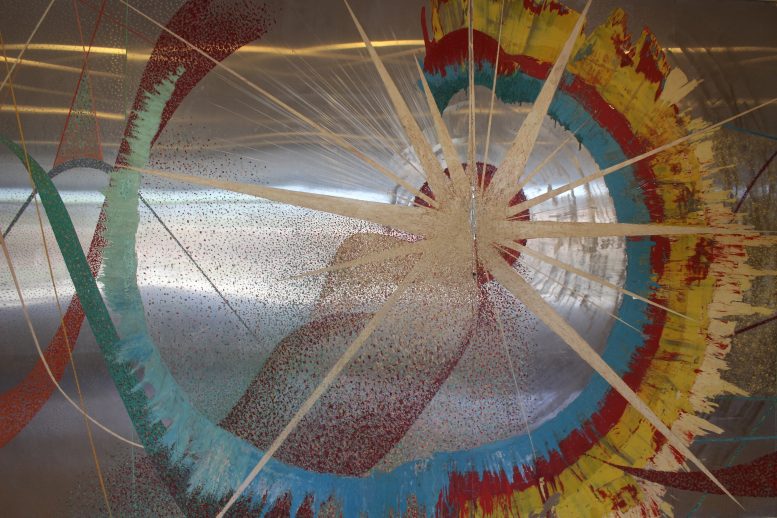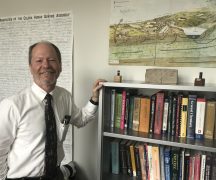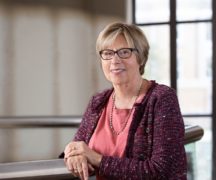By DAVID DUPONT
BG Independent News
A total renovation of Bowling Green State University’s Science Corridor is just over the horizon.
That will be the focus of its next master plan. That plan won’t be unveiled until 2024, but the groundwork is being laid.
The university received four seven-figure appropriations, a total of $16.3 million, in this year’s state capital budget to address issues from roofs to wiring, almost all in the science corridor, said April Smucker, Associate Vice President, Planning, Construction and Campus Operations. This is separate from work underway in the Math Science building to renovate the third floor into the Radbill Center for College and Life Design.
That area has six buildings – Overmann Hall, Hayes Hall, the Math-Science Building, Psychology, Physical Science including the planetarium, and Life Sciences.
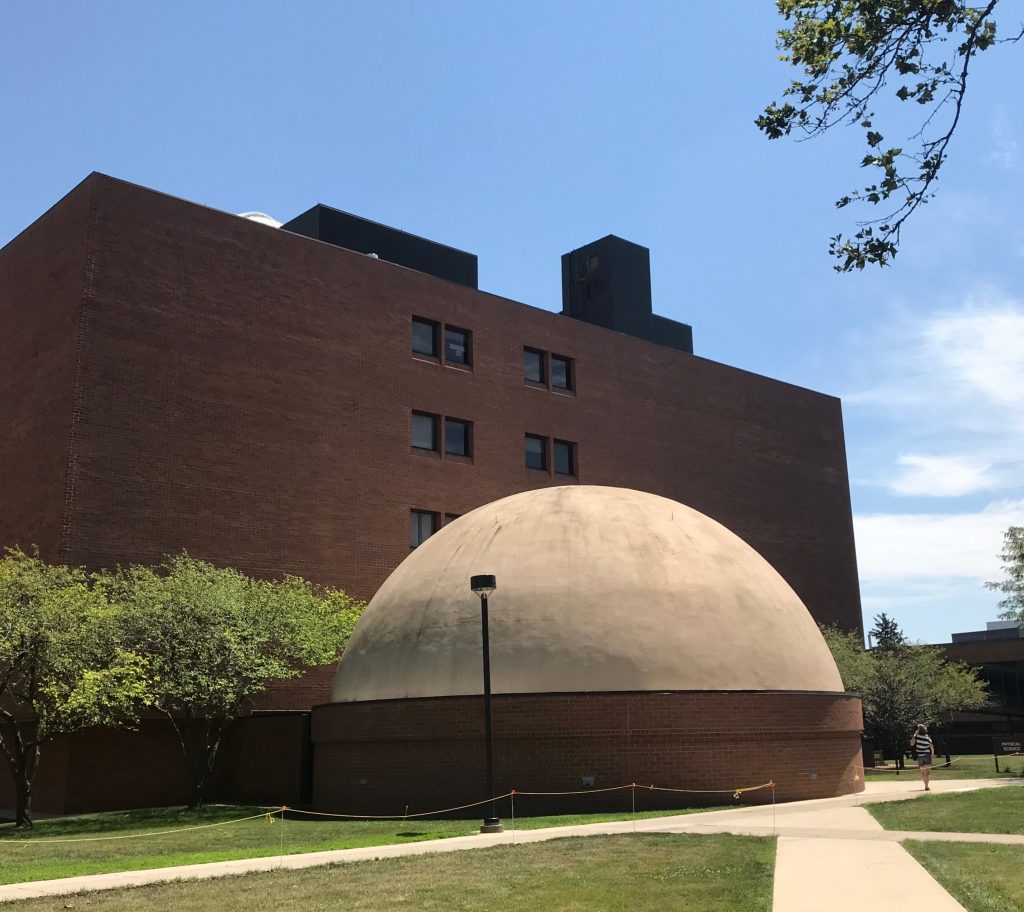
The last master plan focused on other areas of campus prominently the university’s oldest buildings. The next master plan, which is expected to go before the Board of Trustees in early 2024 will focus on the science corridor.
“A lot of this is to key up those buildings and prepare them for the future programmatic changes that will come through the next master plan,” Smucker said.
Appropriations included in the capital budget were for:
- Critical Infrastructure Rehabilitation – Mechanical, Electrical, and Plumbing … $4,830,402
- Critical Infrastructure Rehabilitation – Roofing and Building Envelope …$2,055,490
- Academic Building Rehabilitation – Applied Sciences $3,391,559
- Critical Infrastructure Rehabilitation – Technology-Wired Network $6,000,000
All of this is new funding.
“This is the behind the curtain that nobody sees, but it’s essential for our success and to provide the best environment that we can,” Smucker said.
The biggest funding item is the $6 million to upgrade the technology-wired network. This is a “submaster plan” in itself, a 10-year-plus effort to upgrade for capabilities for current needs and to look ahead to how technology will be used.
This hasn’t been addressed since 1999, she said. Much has changed since then: There wasn’t Wi-Fi and students weren’t bringing multiple electronic devices to campus with them.
So the university is upgrading the wiring infrastructure that comes in and runs through the buildings.
The Mechanical, Electrical and Plumbing addresses a multitude of upgrades including to the electrical load centers that distribute power to adjacent buildings, aging air handling system, and improvements to central chilling units.
This also includes upgrading aging piping, steam lines and wiring that run through the network of tunnels throughout campus. “Our tunnels are arteries that keep our campus running and thriving,” Smucker said. “Everything that keeps the buildings functioning goes through those tunnels.”
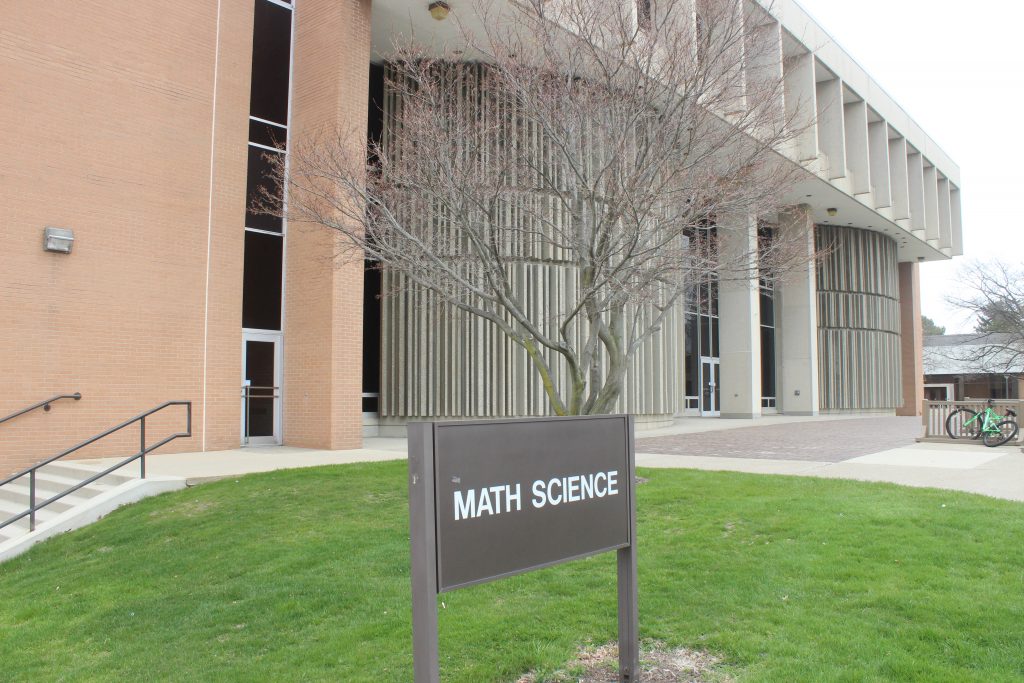
The buildings’ envelopes – roofs and exterior walls –need work. “At this point, our intention is to make sure the complete building envelope is sound in the buildings that included in the science corridor.”
That $2 million item also includes money for tuck pointing and window and ceiling work on Jerome Library.
The Academic Building Rehabilitation is for renovation of spaces within the buildings with an eye toward providing the programming that will be called for in the forthcoming master plan
With the funds in hand now there’s a lot of design and planning to be done. The earliest any of the work would start would be next summer, though Smucker said, some preparation for roof work could start next spring.
The work on the next master plan continues. Smucker said the aim is to present that to the Board of Trustees in early 2024. For the next 18 months there will be discussions with faculty and others about what the programming needs are, and then designing the space to accommodate those ideas.
In the meantime, the expansion of the Kokosing Hall, home to the school of the Built Environment, is ongoing as is planning to replace the Technology Building.

